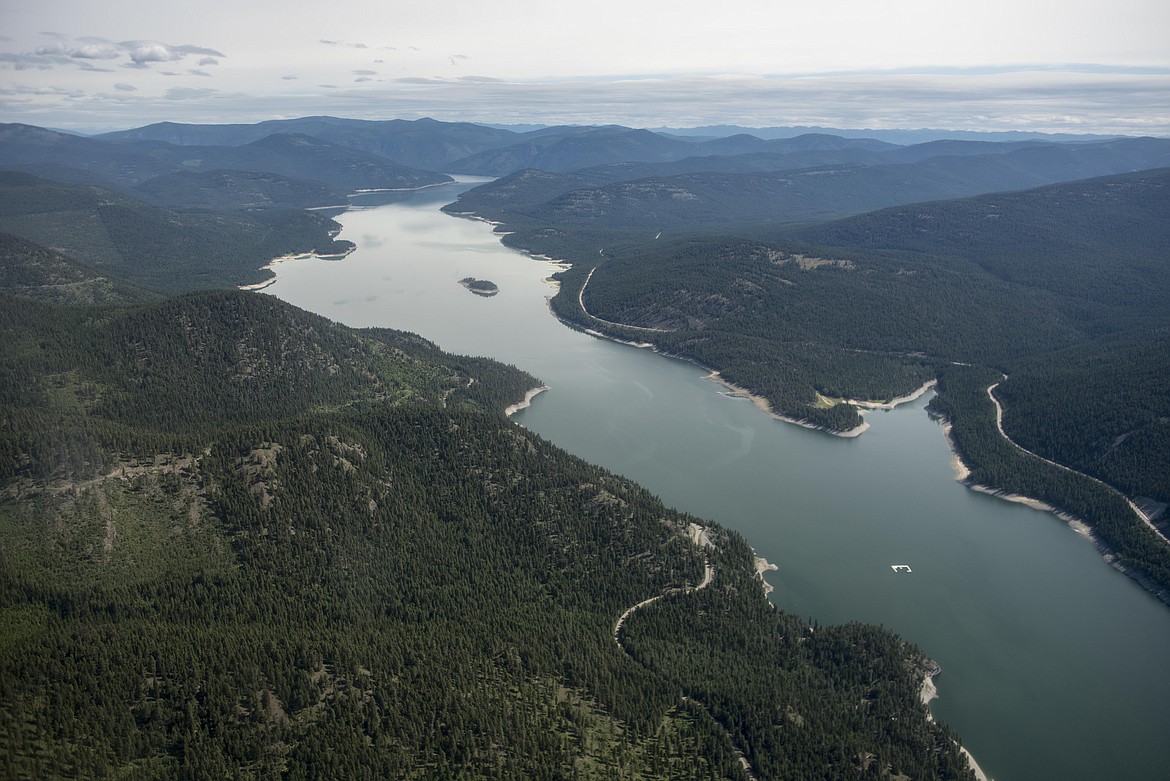U.S., Canada strike tentative deal for Columbia River Treaty
After years of negotiations, the U.S. and Canada have reached a tentative agreement renewing the Columbia River Treaty.
The proposed 20-year deal would update an agreement that’s managed the Columbia River and its hydropower dams since it was ratified in 1964.
President Joe Biden and Canadian Prime Minister Justin Trudeau announced the agreement-in-principle Thursday, July 11.
Become a Subscriber!
You have read all of your free articles this month. Select a plan below to start your subscription today.
Already a subscriber? Login



